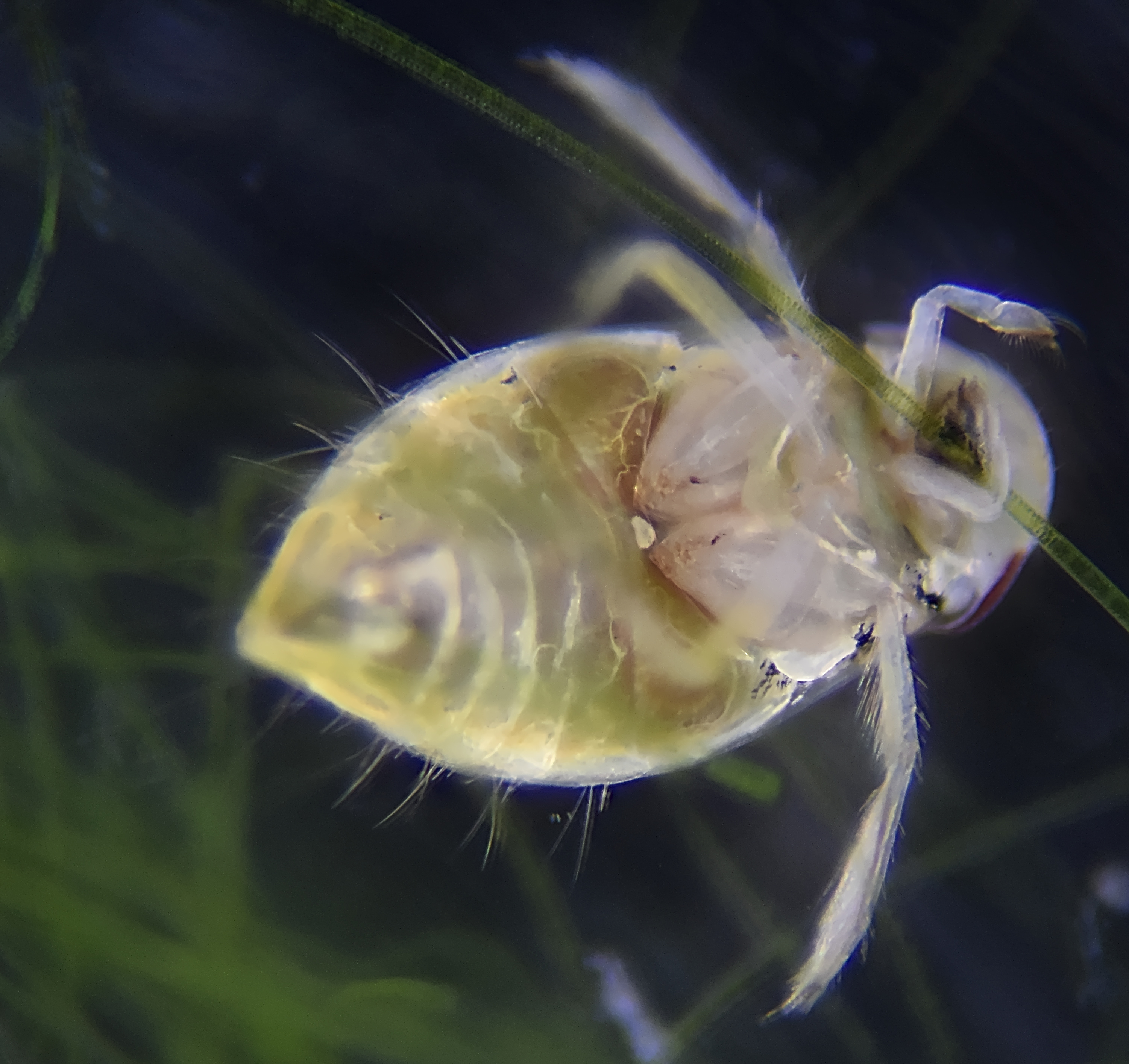Micronecta Scholtzi on:
[Wikipedia]
[Google]
[Amazon]
''Micronecta scholtzi'', the lesser water boatman, is a species of pygmy water boatman in the family Micronectidae. It was first described by  ''M. scholtzi'' is easily differentiated from other species in this genus by the twisted left paramere of the male genitalia, (see
''M. scholtzi'' is easily differentiated from other species in this genus by the twisted left paramere of the male genitalia, (see
'Singing penis' sets noise record for water insect
BBC. Retrieved on 2011-07-08.
Franz Xaver Fieber
Franz Xaver Fieber (; 1 March 1807 – 22 February 1872) was a German Bohemian botanist and entomologist.
Biography
Fieber was born on 1 March 1807 in Prague. He was the son of Franz Anton Fieber and Maria Anna née Hantsehl. He studied economi ...
in 1860. They are some 2 mm long and are common in freshwater ponds and lakes across Europe, preferring stagnant to moderately moving water. In Central Europe, the genus '' Micronecta'' is represented by five species, as follows:
*''Micronecta'' (''Dichaetonecta'') ''pusilla'' ( Géza Horváth, 1895)
*''Micronecta'' (''Dichaetonecta'') ''scholtzi'' ( Fieber, 1860)
*''Micronecta'' (''Micronecta'') ''griseola'' Géza Horváth, 1899
*''Micronecta'' (''Micronecta'') ''minutissima'' (Linnaeus
Carl Linnaeus (23 May 1707 – 10 January 1778), also known after ennoblement in 1761 as Carl von Linné,#Blunt, Blunt (2004), p. 171. was a Swedish biologist and physician who formalised binomial nomenclature, the modern system of naming o ...
, 1758)
*''Micronecta'' (''Micronecta'') ''poweri'' ( Douglas & Scott, 1869)
 ''M. scholtzi'' is easily differentiated from other species in this genus by the twisted left paramere of the male genitalia, (see
''M. scholtzi'' is easily differentiated from other species in this genus by the twisted left paramere of the male genitalia, (see traumatic insemination
Traumatic insemination, also known as hypodermic insemination, is the mating practice in some species of invertebrates in which the male pierces the female's abdomen with his aedeagus and injects his sperm through the wound into her abdominal ca ...
) the short pronotum
The prothorax is the foremost of the three segments in the thorax of an insect, and bears the first pair of legs. Its principal sclerites (exoskeletal plates) are the pronotum (dorsal), the prosternum (ventral), and the propleuron (lateral) on e ...
and a distinctive dark pattern on the head. Little is known of its habits and habitat, but it is thought to flourish in the shallows of ponds or lake shores.
The male of this species produces its underwater courtship song by stridulating a ridge on its penis across corrugations on its abdomen. The area involved measures only 50 micrometres across, or about the thickness of a human hair. A team of biologists and sound engineers from France and Scotland have recorded ''M. scholtzi'' producing sound up to 99.2 decibels
The decibel (symbol: dB) is a relative unit of measurement equal to one tenth of a bel (B). It expresses the ratio of two values of a power or root-power quantity on a logarithmic scale. Two signals whose levels differ by one decibel have a ...
, a volume comparable to a passing freight train. The noise was so unexpectedly loud that the engineers checked the calibration of their instruments. It is classified by Guinness World Records
''Guinness World Records'', known from its inception in 1955 until 1999 as ''The Guinness Book of Records'' and in previous United States editions as ''The Guinness Book of World Records'', is a British reference book published annually, list ...
as the loudest penis. Almost all volume is lost when sound moves from water to air, but even so remains audible to humans walking along the pond shore. This species is considered the loudest of all animals for its size. Despite knowing the mechanism of its sound production, researchers are still mystified by the volume produced and feel that once the process is understood, it could open up a useful avenue in ultrasonics
Ultrasound is sound with frequency, frequencies greater than 20 Hertz, kilohertz. This frequency is the approximate upper audible hearing range, limit of human hearing in healthy young adults. The physical principles of acoustic waves apply ...
.
Not many insects are known to generate sound with reproductive organs, but there is another, the pyralid moth, '' Syntonarcha iriastis'', which emits ultrasonic squeaks.Davies, Ella. (2011-06-30'Singing penis' sets noise record for water insect
BBC. Retrieved on 2011-07-08.
References
{{Taxonbar, from=Q1626598 Hemiptera of Europe Micronectinae Insects described in 1860 Taxa named by Franz Xaver Fieber